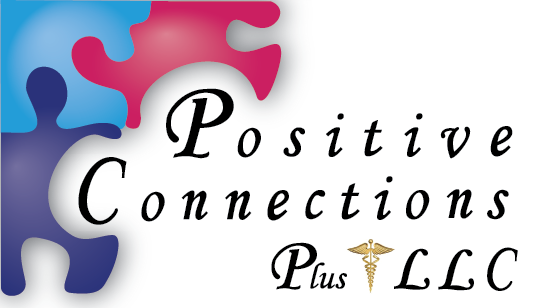I have talked about communicating to build relationships and to protect ourselves. Now I am going to talk about accomplishing an objective.
How can we get others to help us or do something for us, when we can’t just do it ourselves, when we don’t have time to do it, or when it isn’t up to us because it is their choice?
We can get people to do things by:
- Giving them something
- Helping or doing something for them
- Promising to do or give them something
- Threatening (with or without hurting them first)
- Irritating them until they give in
- Being kind and building a relationship where if they see we need something, they just do it
All of these methods work, but some of them break the relationship and make them not want to be near us.
The best answer is by building a relationship with them that isn’t based on whether or not they do what you want them to.
One thing that gets in the way of that relationship is how we ask for things.
Counselors often use “I statements” as a way to ask people to do things. They are made following a specific pattern like this;
“I1 feel (feeling word)2 when (situation description)3. I would like (request)4.
It isn’t important to get the pattern just right. What matters is that we are kind and don’t make the person feel attacked. If they feel attacked, they stop listening and focus on defending.
There are reasons for each part of the pattern.
1. Using “I” instead of “you” makes it sound less critical or accusing.
2. Then you follow it up with a feeling word like sad, hurt, nervous, etc. because it doesn’t make sense to argue with what someone is feeling.
- Don’t use “feel like.” It’s just another way to say think and people argue with think all the time.
- Don’t use words that describe how you feel. Use lonely instead of ignored, frustrated instead of undermined, and so on.
Both thoughts and descriptions can be argued with rather easily because they don’t have the same perspective as you.
3. When describing the situation, stick to observable facts.
- Don’t tell someone what they think or feel or you might get arguments like “you shouldn’t feel that way,” because that’s not what they meant and “you took it wrong,” or displays of shock and hurt saying “how could you even think that of me.”
- Refer back to yourself with phrases like “When I am told I don’t do enough” instead of “When you say I don’t do enough”
- Take time to figure out what is actually happening before you make any statements to describe it.
4. The request gives them something else they can do instead.
- It needs to be reasonable.
- Take into account things they don’t want to do.
- Show how they benefit from the new action.
Remember that the relationship is the most important part. If we have a relationship with someone and have given love, care, help, and good feeling, we can ask for things and the other person is usually willing to give it.

